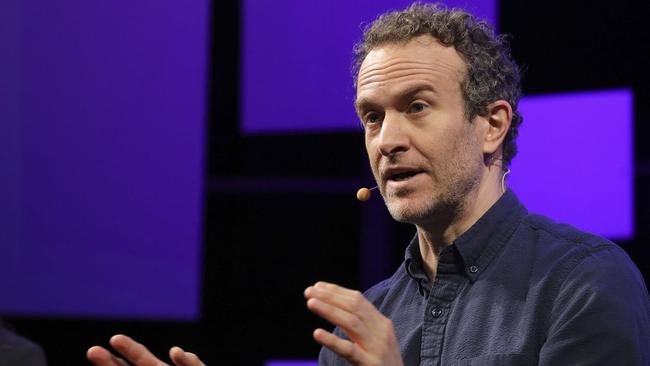Matching words to the role
Companies are rewriting job ads to entice a broader range of applicants.

Chicago start-up Rise Science wanted to fill an open position recently, so it did something unconventional: it published a job posting as a 1600-word letter from the company’s chief executive.
The missive, A letter to our future design lead, begins with a line rarely seen in a traditional career ad: “This role isn’t for everyone.” It then describes what the company does, how the job may shift across time and even why an applicant may dislike the position.
“We don’t have all the answers,” says the letter, written by Rise chief executive Jeff Kahn. “If you’re not comfortable iterating on the same problem space for a long time you won’t enjoy this.”
In a tight US job market, companies are revamping how they write job descriptions, adding a greater level of detail and tweaking language to entice a broader range of applicants, including more women.
Some companies outline specific salary ranges and describe what a week in the role is likely to include. Several explain the downsides of a job, such as required on-call hours. Employers such as online travel company Expedia Group and networking equipment giant Cisco Systems also use software to adjust the wording of postings to attract a diverse mix of candidates.
The efforts reflect widespread frustration with job postings from applicants and employers, recruiting experts say. Vague postings can attract applicants who may not be a fit for a role, overwhelming hiring managers. Bland listings often omit information — from day-to-day responsibilities to annoying downsides of the job — that could help a candidate make sense of a company’s culture and decide whether to apply.
Rise Science found its letter drew more high-quality applications than a previous attempt to fill the role using a shorter, more traditional job description, says Leon Sasson, a co-founder and chief technology officer, who worked on the letter with Kahn and colleagues. “It was by far the most effective job search we’ve done,” Sasson says.
The company drew inspiration from the detailed job postings of workplace software maker Basecamp, whose job postings can stretch three or four pages if printed. Basecamp aims to provide a realistic view of a role, including benefits such as a humane work schedule, as well as possible challenges, says David Heinemeier Hansson, a Basecamp co-founder.
A July posting for a senior programmer at Basecamp notes the pay — a salary range between $US145,000 ($210,660) and $US179,000 — and gives a list of specific projects the team recently tackled. A listing for a customer support representative, starting at $US70,000, makes clear the person will need to answer about 100 emails a day.
A head of marketing job warns that the person will have no dedicated internal team, and spells out the company is looking for “someone who’s eager (but not annoyingly so)” and “has an eye for talent, a nose for bullshit”.
The company began providing more information in its job ads because it wanted to reach diverse candidates beyond those who already knew its culture. Salary information saves everybody’s time, preventing someone from applying for a job, interviewing “and then figuring out we’re on completely different planets when it comes to pay”, Hansson says.
Even small tweaks to language in job postings can determine who applies for them, companies have found. Phrases such as “digital native” and a “passion for social media” in job postings can discourage older applicants from applying, according to a white paper released earlier this year by the Association of Talent Acquisition Professionals.
But what makes writing job postings difficult is that language is ever evolving, says Kieran Snyder, chief executive of Textio, a company whose software analyses job postings and recruiting emails to make recommendations to improve them.
A few years ago, Textio found the most effective job ads had an even split between language describing the company and outlining a candidate’s qualifications. The best posts now highlight the organisation, selling its strengths. “That shift really makes sense in a world where jobseekers are in charge,” Snyder says.
Two years ago Expedia Group, which uses Textio, saw a benefit to highlighting that a role could include components of data science. But as data science became a buzzword, that approach lost its effectiveness, says Rupert Bader, senior director of people analytics at Expedia.
The tone of listings also matters. Expedia has found that ads written with gender-neutral language attract higher-quality candidates and fill five days faster, Bader says. Another company found that when it emphasised its desire for candidates to possess a love of learning and analytical skills, more women applied, says Textio’s Snyder.
Cisco has seen that the nouns, pronouns and verbs used in a job description also can affect how quickly it is able to hire, says Jason Phillips, a human resources vice-president. Using Textio, Cisco found that phrases such as “relationships with customers” helped it fill jobs faster, while jargony words such as “trusted adviser” turned candidates away.
The company analyses its job postings for gender and ethnicity biases, using that as one step in a broader process to promote more inclusive hiring.
THE WALL STREET JOURNAL



To join the conversation, please log in. Don't have an account? Register
Join the conversation, you are commenting as Logout